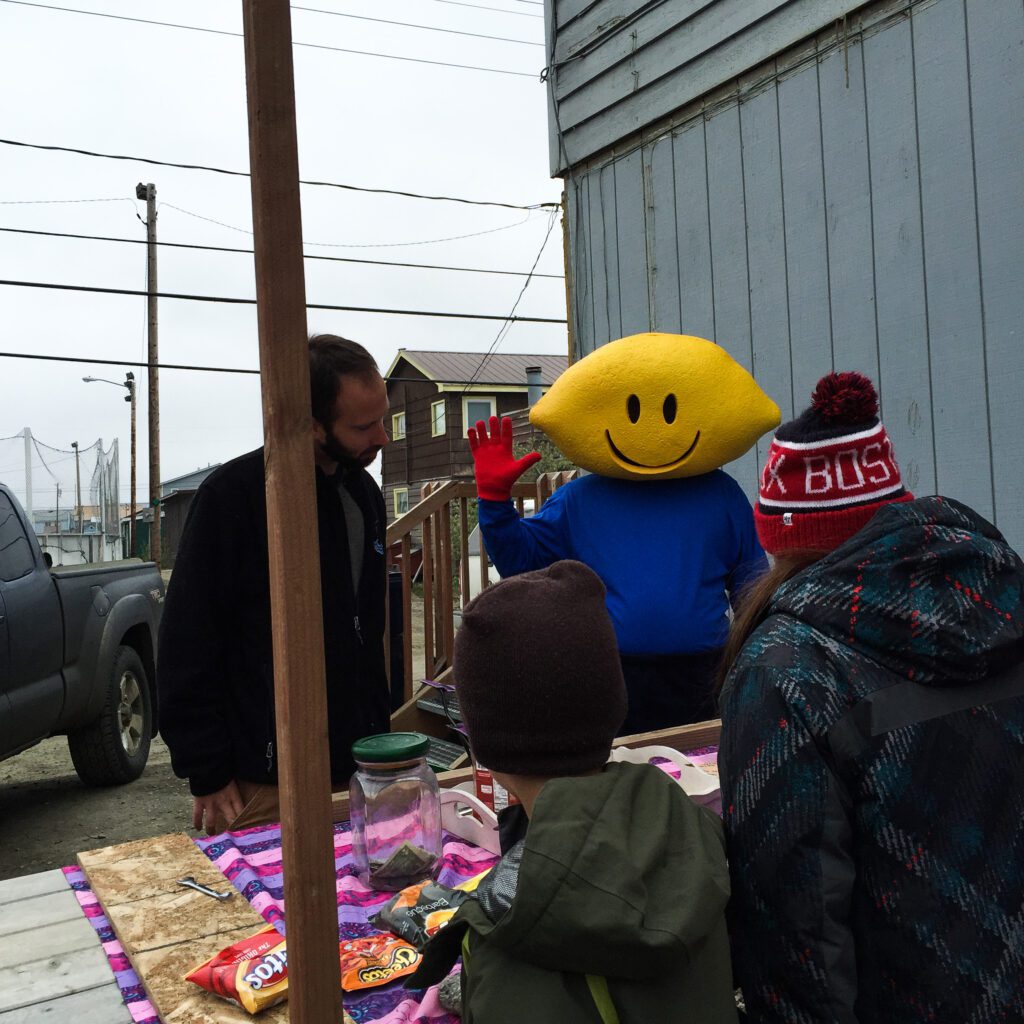In Alaska schools, new state standards are calling for more “rigorous” education. But in many districts, that goal is matched by a desire for more cultural relevancy in the classroom. Educators say it’s possible to have both rigor and culture—in fact, it’s necessary. And they’re getting creative to prove it.
The Bering Strait School District is one Alaska school system overhauling their curriculum to meet rising state standards, but sometimes what’s in the books doesn’t quite resonate with students. Carolyn Heflin is director of curriculum and instruction at BSSD.
“So, if something in the reading curriculum refers to, for instance, the state fair, and many of our students have not gone to the state fair, teachers have to teach that background knowledge and by the time they get to the assignment, it’s really too late,” said Heflin. “So what we’re doing is throwing in pictures of Inupiaq days or Yupik days and tying that cultural connection into our reading program so that we build background knowledge with our students and make that connection.”
And the person forging that connection through a grant with Kawerak is Nome’s Marjorie Tahbone. Utilizing the archives of Kawerak’s Eskimo Heritage Program, Tahbone is infusing more culturally relevant material into BSSD’s reading, writing and math curricula. It’s still early in her work, but so far Tahbone is adapting some of the writing prompts, adding stories from Elders Conferences, and brainstorming ways to blend a wealth of traditional knowledge with western mathematics.
“The idea is to use all of what we have already. We have knowledge on building kayaks, we have knowledge on bending frames and building structures,” said Tahbone. “So [we’re] using that knowledge and kind of adapting it into this modern concept of mathematics, like algebra.”
Heflin said using long-existing knowledge and resources works best for the kids, and strengthens connection with the community. Indian Ed and bicultural teachers are already providing that education at BSSD, but the goal is to have culture in every classroom.
“It draws kids in and it’s not just reading, writing and math the western way,” said Heflin. “It’s how can we involve the cultural aspects of each village into our curriculum.”
However, Tahbone said it’s not always an easy feat to adapt western education.
“For example, one of the units is called ‘The Wild West.’ So, they’re learning about settling land and the Indians and Native Americans,” said Tahbone. “Talking about that time and trying to make it relevant—how can I do that? What can I do to make it relevant to this area?
“And I guess the only thing for me is to talk about when people were moving here from another place, you know? Missionaries and all that stuff… How can we make these things relevant? So there are challenges, but they’re just going to have to be resolved. It’s something that has to happen.”
For now, Tahbone said she’s working with BSSD’s curricula to insert traditional knowledge, but hopes that one day it’ll be the other way around—where state standards will be inserted into a curriculum rich in local wisdom. Through an honorarium, Kawerak and BSSD hope to continue involving community members to teach what they believe should be available in schools.
“Whether it’s telling a story of long ago, or teaching the kids how to maintenance their snowmachines, telling string stories, drumming and dancing… We do that too as part of this grant,” said Tahbone.
It’ll be a long process to fully renovate the curricula, but Tahbone is hopeful this work will have an enduring impact—and perhaps be utilized in Nome schools one day, too.
“You know, we’re so unique. There’s no other place like ours and it’s awesome that we can put that into our curriculum for the students and for the young leaders that are in our area in this region,” she said.
In order to respect this traditional knowledge, Tahbone said she’s also building an etiquette guide for instructors and reaching out to tribes for permission to share materials they’ve provided in the classroom.







